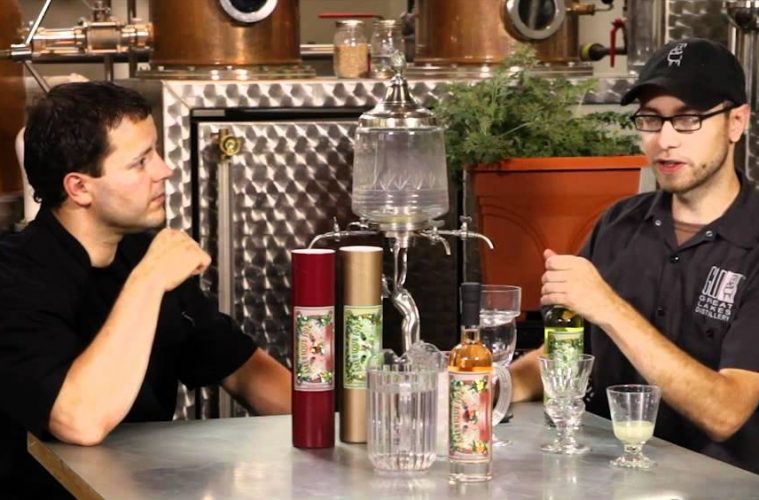Absinthe is famous as the Green Fairy, the drink that Parisians enjoyed at the turn of the previous century. It is also the subject of many legends and myths which people still believe today. Absinthe is the subject of one of the longest-lasting urban legends of the modern day. This is the claim that it was hallucinogenic or somehow damaging. This was never true and was the result of a cunning plan by the enemies of Henri Pernod and his opalescent green drink.
When absinthe first came on the market, the French drink of choice was wine. This was all well and good for the wealthy, who were the only people able to afford it at the time.
Then a blight visited the grapes one season. The price of wine suddenly shot sky-high and Henri Pernod, the man whose company sold absinthe, decided to produce a different kind of alcohol. He succeeded, and for the first time in history, an alcohol that tasted good and was inexpensive flooded the Parisian market.
Parisians loved absinthe so much that their happy hour was called l’heure verte. This was also the first time that the rich and bourgeoisie mingled with poor artists in the boulevard cafes. Absinthe was selling millions of bottles per year and wine had faded into the background as a favored drink. Around this time, people were passing out in gutters and seeing pink elephants on a grand scale, but this was due to alcoholism. In fact, the original name of alcoholism was absinthism. They didn’t realise it was all alcohol that could cause these effects because no one had ever had so much of it available.
The wine industry was very upset and jealous by this point, and at the same time, the temperance movement was gaining steam. Both saw an opportunity in the other, and these unusual bedfellows conspired together in an effort to rid the world of Pernod’s green drink once and for all. They sponsored extremely spurious testing where rats were trapped in airtight containers with pure thujone, one of the properties of wormwood and one of the many hundreds of spices that went into the production of the drink. They made false connections between these tests and the people who had been passing out in the streets, calling absinthe the devil’s drink and blaming it for almost everything imaginable. The lie of its hallucinogenic or madness-inducing properties is what caused the drink to be outlawed many years ago. An interesting facet of Texas history is that it is one of the first states where absinthe became legal again.
Several countries never did outlaw absinthe, because they recognized that it was simply another form of alcohol. From its inception to this very day, absinthe has never been hallucinogenic. If you’ve had absinthe and started to see things, that’s more proof of the power of persuasion than any capability absinthe has ever had to offer that kind of experience.

